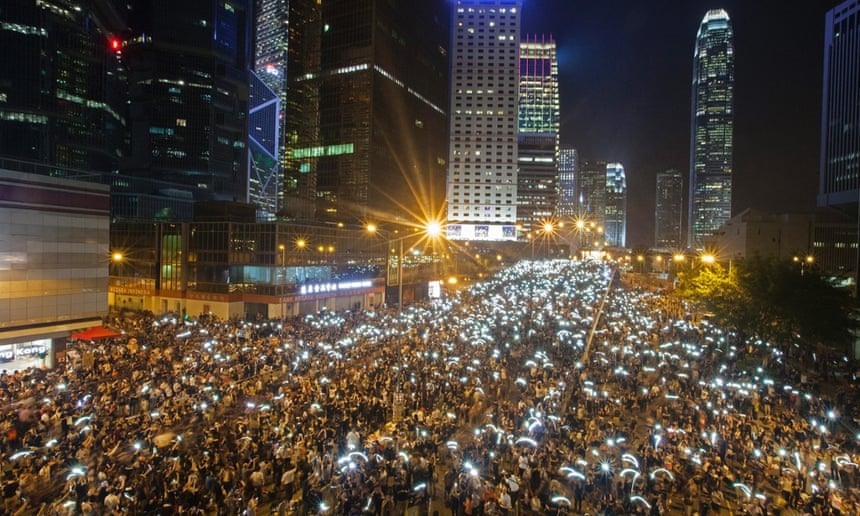Tomnod is a project owned by a Colorado-based satellite company ‘DigitalGlobe’ that uses crowdsourcing to identify objects and places in satellite images. They aim to utilize the power of the crowd to increase the accuracy of satellite images by asking users to join the campaign and tag aeroplanes, helicopters, etc. they see on the online satellite images. The user will be shown the satellite images of the globe and asked to tag what they believe it on the image. With the high population joining in the identification of different planes, it can increase the precision of where things are located.
Secondary to this, campaigns are held on the platform to utilize the crowd to source for the identification and discovery of certain objects through the satellite images and also for certain rescues. For example, to look for two missing hikers on Mount Everest. The crowd can work together in search for suspected locations of the hikers and collectively, increase the speed of the search and effectiveness of identification. Some of the projects include searching for the tomb of Genghis Khan and mapping damage after the Typhoon Haiyan.
The most fascinating campaign of Tomnod to me, was the crowd-sourcing campaign for the identification of the missing Malaysian Airlines flight MH370, starting in March 2014. Tomnod opened up the satellite images for public viewing and 2.3 million people took part in this crowdsourcing appeal to find missing Malaysian Airlines flight. Individual internet users collectively scanned more than 24,000 sq km of satellite imagery to help locate the missing aircraft. It was reported that over 650,000 “objects of interest” had been tagged by users.
In my opinion, the satellite images and crowdsourcing campaigns offered on Tomnod are very useful and beneficial to the whole world. The concept to utilize the power of the crowd to search together for missing flights and people, as well as to identify the root of certain natural disasters could help to gain results quicker and more effectively. Although the outcomes of the campaigns are not as effective, I still believe that there is a future to Tomnod and that one day, it will be a powerful crowdsourcing platform that we and governments can use, for improving the world.
So, what are your opinions towards Tomnod? Do you have positive views towards their crowdsourcing campaigns? How effective do you think Tomnod could be with their satellite images and crowd identifications? Would you personally be involved in their crowdsourcing campaigns as it is for a social good- contributing in the search of the missing flight? Do you have any other ideas towards how Tomnod could be used by the population, alternative to identifying objects in the world?
Sources
http://www.theguardian.com/world/2014/mar/14/tomnod-online-search-malaysian-airlines-flight-mh370
http://crowdsourcingweek.com/malaysian-plane-crowdsourcing-search-signals-rise-of-the-digital-humanitarian/




